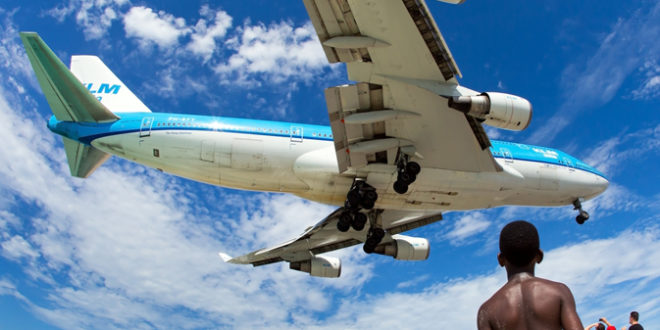TORONTO — Ever used a barf bag? No? Well, you may need one at these airport runways, considered by Business Insider to be the most terrifying runways in the world.
The popular news site recently compiled a list that included 15 of the world’s most nail-biting, vomit-inducing, white-knuckling airport runways. Here are 8 of them:
Also known as ‘The Ice,’ this stretch of tarmac is unpaved and is literally made of ice. To make matters worse, the runway essentially disappears as temperatures rise and the ice melts.
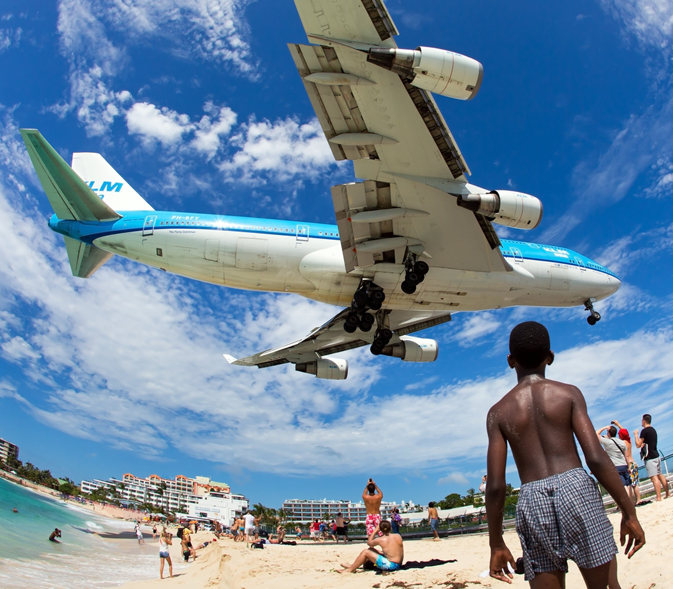
Watching planes land on this tropical island has become a popular pastime for tourists and locals alike. The runway is ridiculously short and ends right on the beach, which means sunbathers get up close and personal to the underbellies of approaching planes.
A lot can go wrong on an airstrip that’s just 1,300 feet long. Adding to the degree of difficulty is the fact that the runway is also at an altitude of 2,000 feet. Yikes!
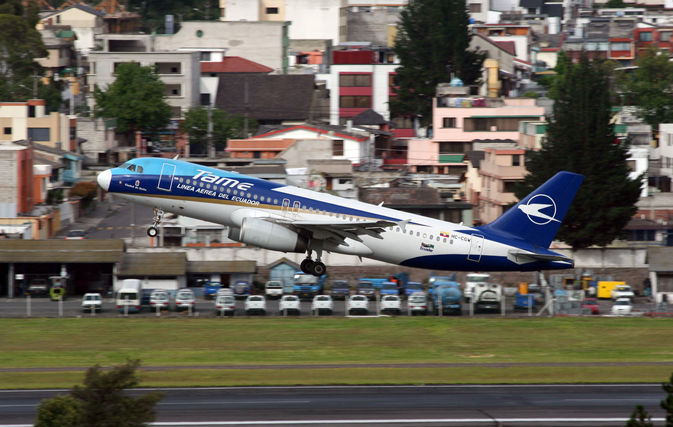
This urban runway sits snugly in the midst of urban quarters, streets and highways, making it difficult for pilots to approach on such a steep angle. If that weren’t enough, planes have to fly over active volcanoes to get to this 9,350-foot-hight airport.
Similar to a rollercoaster approaching its first peak, this runway – situated at 9,383 feet above sea level – has one of the world’s steepest uphill climbs. Flights here are permitted to take off and land only during daylight hours.
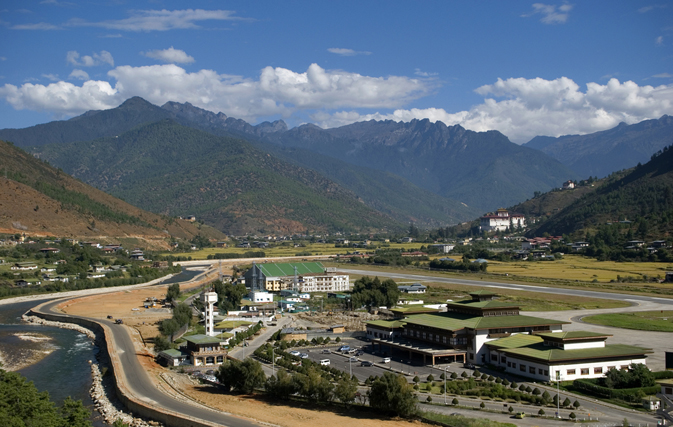
At 7,333 feet above sea level, this runway is considered so dangerous that only a handful of pilots are qualified to access it.
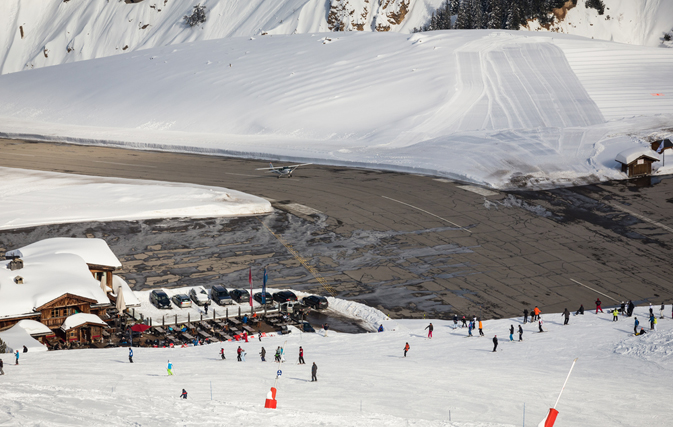
This 1,788-foot runway has two things to be worried about: it’s short and steep. It has a gradient of 18.5%, ending at a sheer rock-face drop that would make anyone tremble in fear.
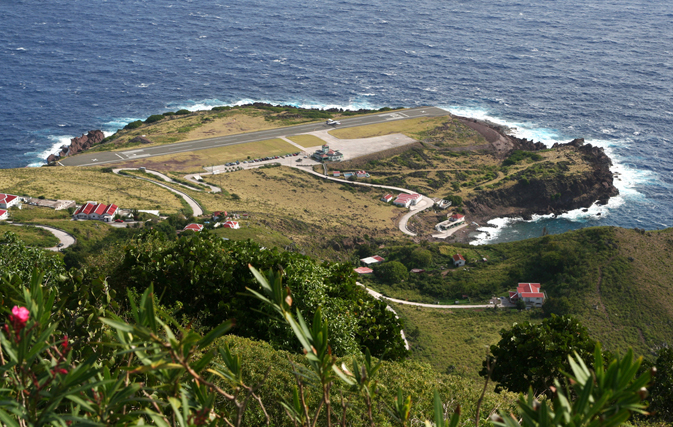
The winds surrounding Saba Island are notorious for being brutal, making every landing a shaky experience. Not only that, planes that overshoot the 1,300-foot runway end up nose-first in the ocean.
To help travel agents reassure client concerns about the Coronavirus, TICO has issued a special Registrar Bulletin that includes relevant tips and information.
You can read more of the news on source
 Travelsmart
Travelsmart
